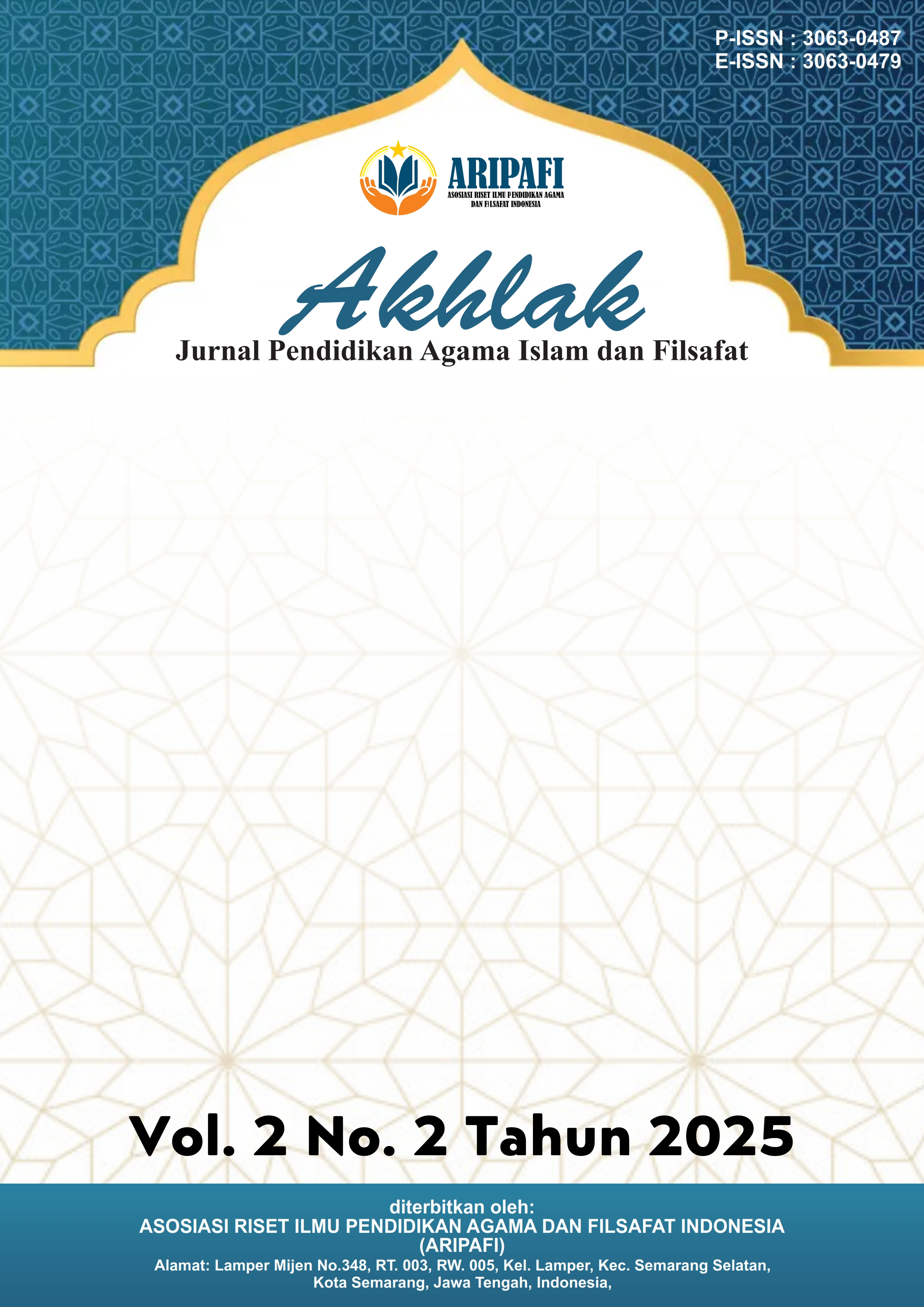Pengaruh Pengembangan Karakter Siswa SD PLTU Suralaya Wukir Retawu Kelas VI untuk Berpikir Kritis di Era Generasi Alpha
DOI:
https://doi.org/10.61132/akhlak.v2i3.859Keywords:
Critical-Thinking, Character-Education, StudentsAbstract
The purpose of the study is to examine the relationship between character education and critical thinking so that Generation Alpha will be smart and value-based individuals who are globally competitive. The research methodology of this study used literature analysis. The study revealed that there are three levels of character education: knowing good values, loving good values, and doing good values. Character education is now a force to be reckoned with in shaping individuals of good character and integrity. With the dawn of the current era of digital technology, the influence of social media, global access to information, and technology render more relevant character education even more necessary. Character education process, its hinderances, and how they can be overcome by collective efforts on the part of society, schools, and parents through judicious use of technology are elaborated in this study.
References
Brookfield, S. D. (2012). Teaching for critical thinking: Tools and techniques to help students question their assumptions. Jossey-Bass.
Depdiknas. (2003). Undang-Undang Republik Indonesia Nomor 20 Tahun 2003 tentang Sistem Pendidikan Nasional. Jakarta: Depdiknas.
Ennis, R. H. (2011). The nature of critical thinking: An outline of critical thinking dispositions and abilities. University of Illinois.
Firmansah, F., & lainnya. (2022). Efektivitas implementasi pendidikan karakter pada sekolah boarding. Risâlah: Jurnal Pendidikan dan Studi Islam, 8(3), 1113–1129. https://doi.org/10.31943/jurnalrisalah.v8i3.312
Johnson, D. W., Johnson, R. T., & Holubec, E. J. (2008). Cooperation in the classroom. Interaction Book Company.
Joyce, B., Weil, M., & Calhoun, E. (2009). Models of teaching (8th ed.). Pearson.
Kemendikbud. (2022). Panduan implementasi Kurikulum Merdeka. Jakarta: Kementerian Pendidikan, Kebudayaan, Riset, dan Teknologi.
Lie, A. (2002). Cooperative learning: Mempraktikkan cooperative learning di ruang-ruang kelas. Grasindo.
Marzano, R. J., Pickering, D. J., & Pollock, J. E. (2001). Classroom instruction that works: Research-based strategies for increasing student achievement. ASCD.
Muarifin, A., Arianadinhaq, & lainnya. (2025). Penerapan metode pembelajaran aktif dalam meningkatkan kemampuan berpikir kritis siswa di mata pelajaran Pendidikan Kewarganegaraan (PKN) siswa kelas 12 SMA 1 Diponegoro. Jurnal Pendidikan dan Pembelajaran, 3(1), 608–612.
Pérez, J. R., Rois Zúñiga, J. G., Daez, O. O., Bermudez, J. P., & Toro, L. M. M. (2016). No 主観的健康感を中心とした在宅高齢者における 健康関連指標に関する共分散構造分析Title. Applied Microbiology and Biotechnology, 85(1), 6.
Putri, N. V., Subroto, D. E., Fauziah, B. I., & Nasrullah, J. (2025). Jurnal Padamu Negeri. Padamu Negeri: Jurnal Pendidikan dan Pembelajaran, 2(1), 76–80.
Sinambela, J. L., & Sinaga, J. (2024). Jurnal Ilmiah Mutiara Pendidikan. JIMAD: Jurnal Ilmiah Mutiara Pendidikan, 2(1), 31–43.
Subroto, D. E., & lainnya. (2025). Pengaruh pendidikan karakter terhadap berpikir kritis siswa di era masa. Jurnal Pendidikan Karakter Abad 21, 2(1), 2024–2026.






